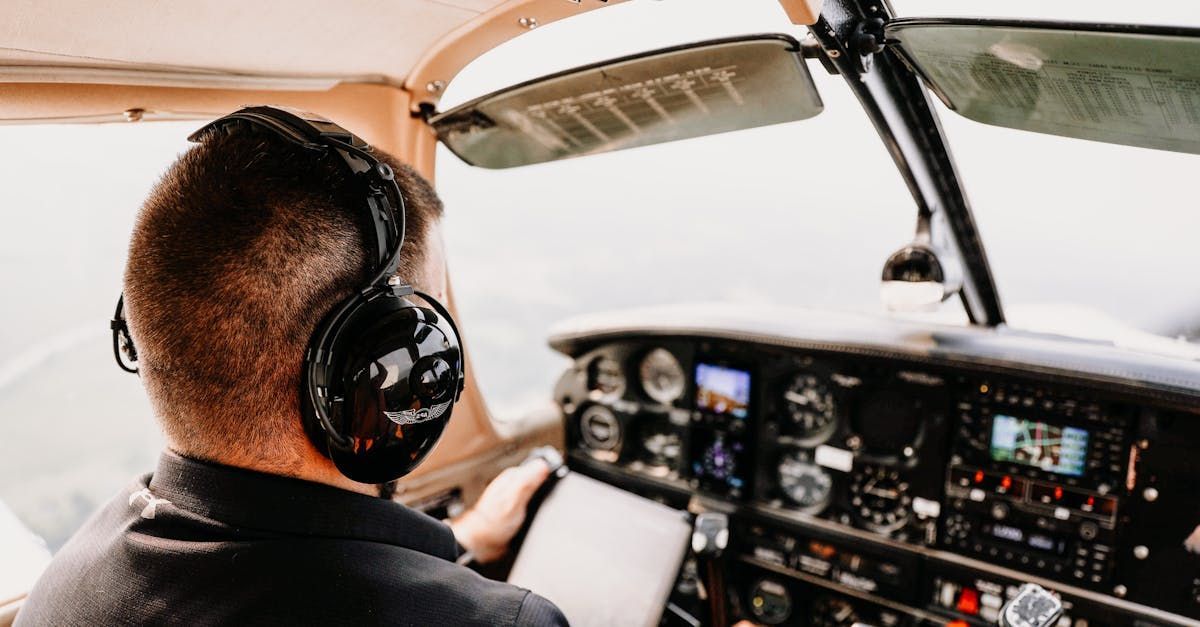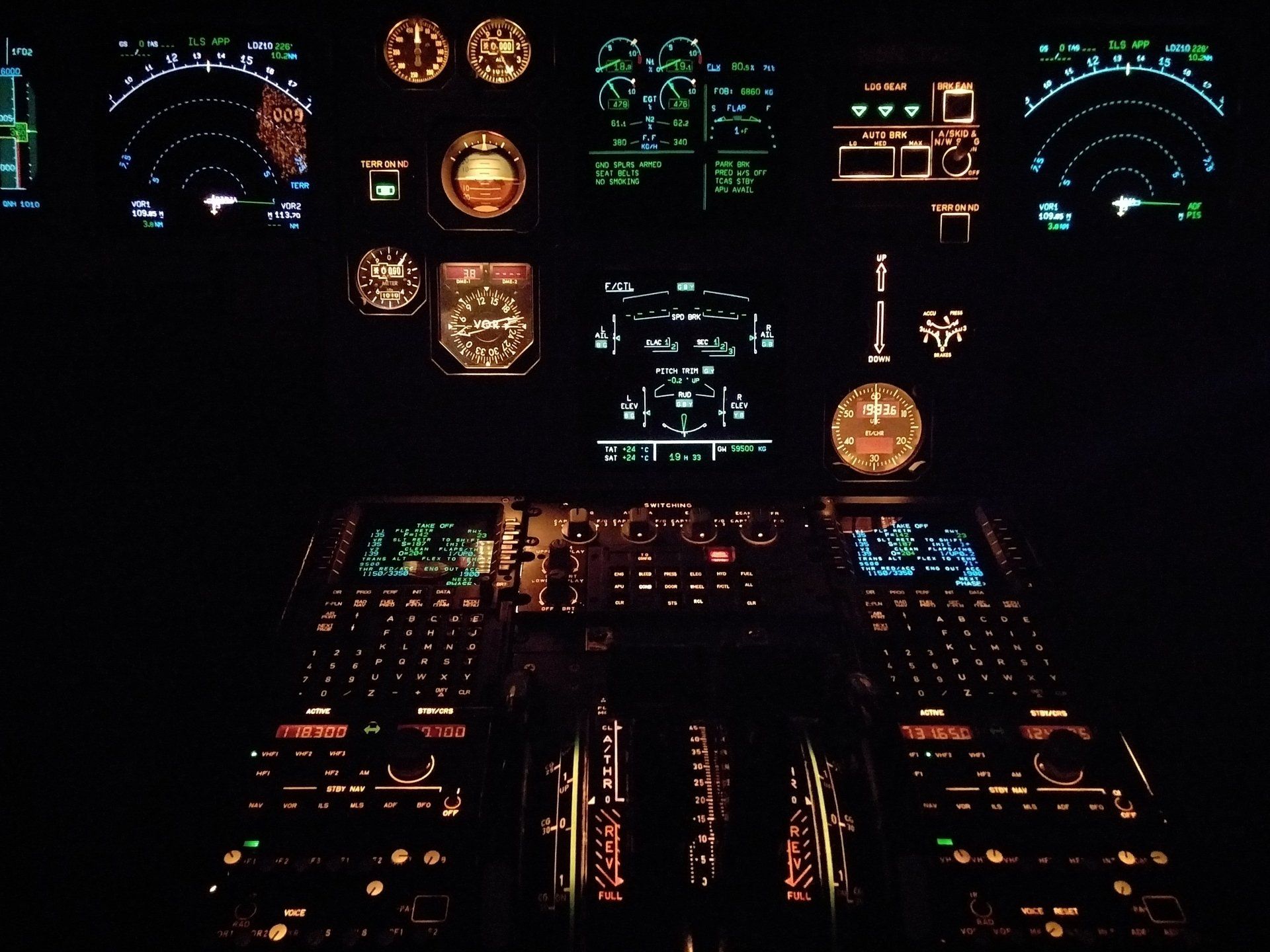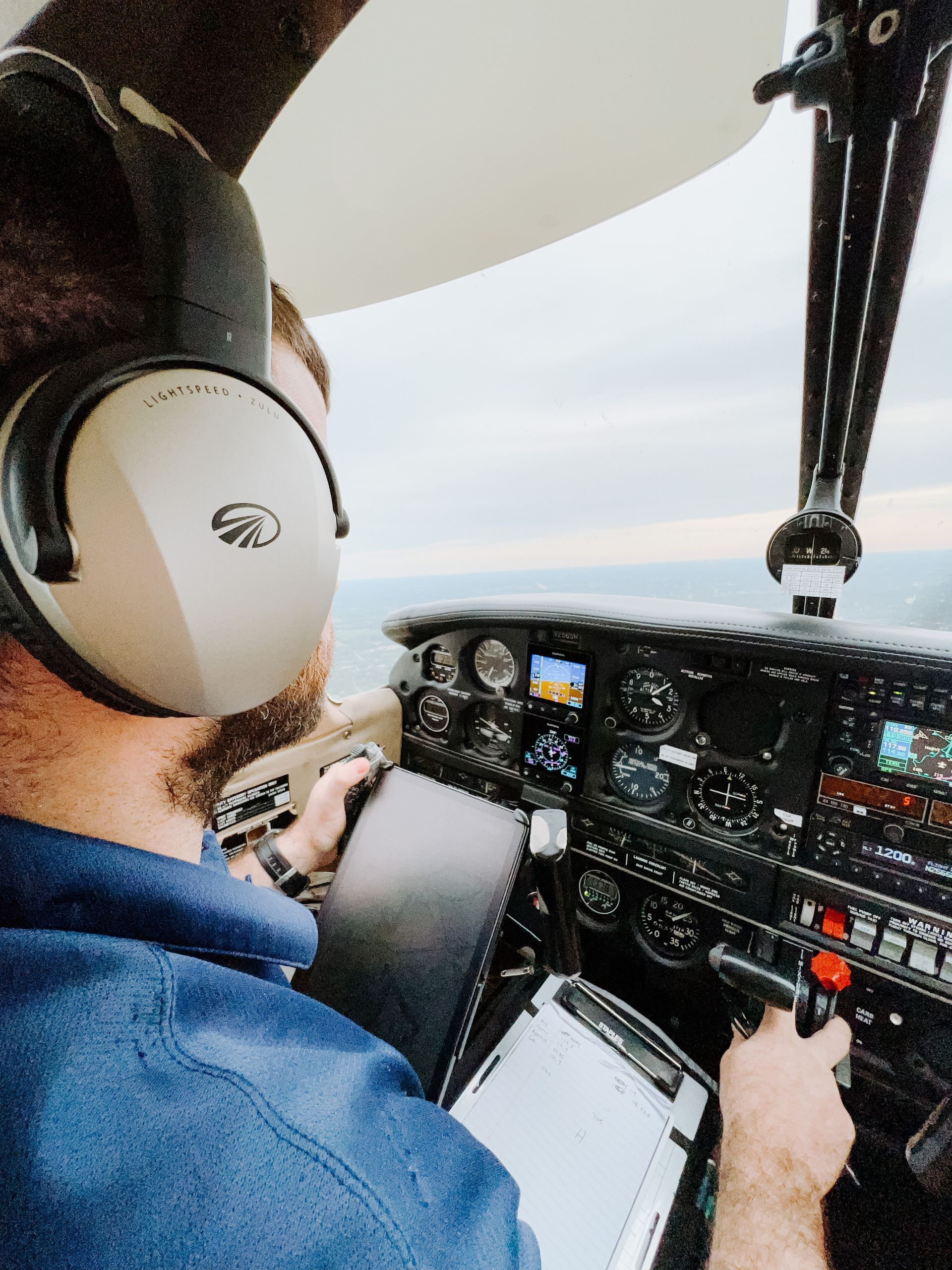The Role of Flight Instructors in Your Aviation Training Journey
DDAC Instructor • September 24, 2023

A student pilot's journey through aviation training depends heavily on flight instructors. Here are some important ways that flight instructors can help and guide their students while they are learning to fly:
- Giving knowledge and experience: Flight instructors bring a plethora of knowledge and experience to the table, giving students the fundamental understanding and abilities necessary to become safe and successful pilots. They are in charge of instructing pupils on everything from fundamental flight maneuvers to sophisticated emergency procedures.
- Aircraft and student safety are the responsibility of flight instructors. They keep track of and evaluate students' development while offering advice and criticism to help them hone their abilities and methods. Additionally, they guarantee that all flights follow the essential laws and norms.
- Training that meets individual needs: Every learner is different, with their own learning preferences, skills, and objectives. Each student receives individualised instruction from the flight instructors, who may sometimes modify their teaching methods to ensure that each student is prepared to succeed.
- Encouragement and motivation: Flight instructors are essential in encouraging and motivating pupils to achieve their maximum potential. As students encounter difficulties or failures, they offer direction and support, assisting them to overcome their challenges and helping them boost their self-confidence.
- Mentoring and guidance: Flight instructors are frequently seen as role models for students, offering not only technical teaching but also direction and advice on career prospects, market trends, and other facets of aviation. They can be a priceless tool for students who want to develop their professions or get more involved in the aviation industry.
Flight instructors play a crucial role in a flight student's aviation training journey by offering information and experience, guaranteeing safety, customising instruction to specific needs, encouraging and inspiring students, and mentoring them as they advance in their careers.

It is possible for pilots to fly in conditions below visual flight regulations if they have earned an instrument rating (VFR). Here is an introduction to instrument rating and the skills you'll need to get started: What does Instrument Rating mean? An Instrument Rating (IR), a supplemental certification, allows pilots to fly in conditions where visual reference to the ground is lost, such as fog or clouds. All instruments, such as the altimeter, airspeed indicator, and attitude indicator, are used during flight training for pilots with an IR. Instrument Rating Requirements Before getting an instrument rating, a pilot must have either a private pilot's license (PPL) or a commercial pilot's license (CPL), as well as a certain number of flight hours and cross-country flight experience as a pilot in command. How Exactly Does One Train? Gaining an instrument rating requires both classroom study and in-flight experience. Instrument flying regulations (IFR), instrument approach procedures, and the proper use of navigational aids are just some of the topics covered in ground schooling. With a hood or other obstruction in place, the pilots will learn to fly in what is called "Instrument Meteorological Conditions" (IMC). Instrument Rating Test Once the training is complete, the pilot must take and pass a written and practical exam for an instrument rating. The written test checks how much you know about weather, navigation, and the rules. The required number of hours in the air with an examiner shows how well you can fly safely and competently in a variety of conditions. Benefits of an Instrument Rating Getting an instrument rating is very helpful for pilots because it lets them fly in more situations and makes them feel safer while doing so. Pilots with an instrument rating can apply for jobs with airlines and other businesses in the commercial aviation sector. Keep Your Instrument Rating Intact greatly Pilots must go through training and flight reviews every six months to a year to keep their instrument ratings up to date. This makes sure that pilots have access to the most up-to-date information and can fly safely in any condition. Getting an instrument rating is usually good for pilots because it gives them more options in the aviation industry. With hard work and training, any pilot can improve their skills and earn an instrument rating.









